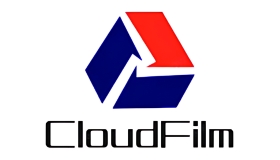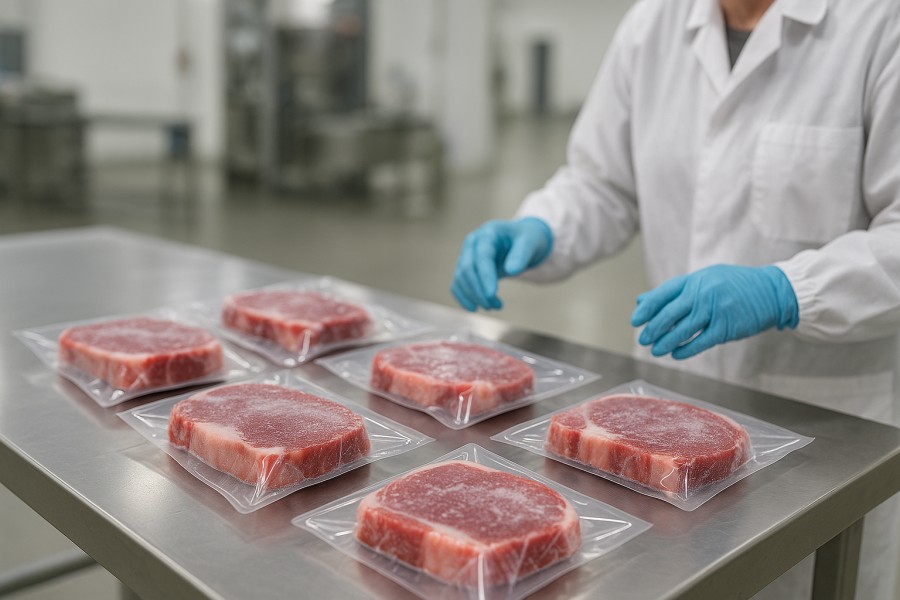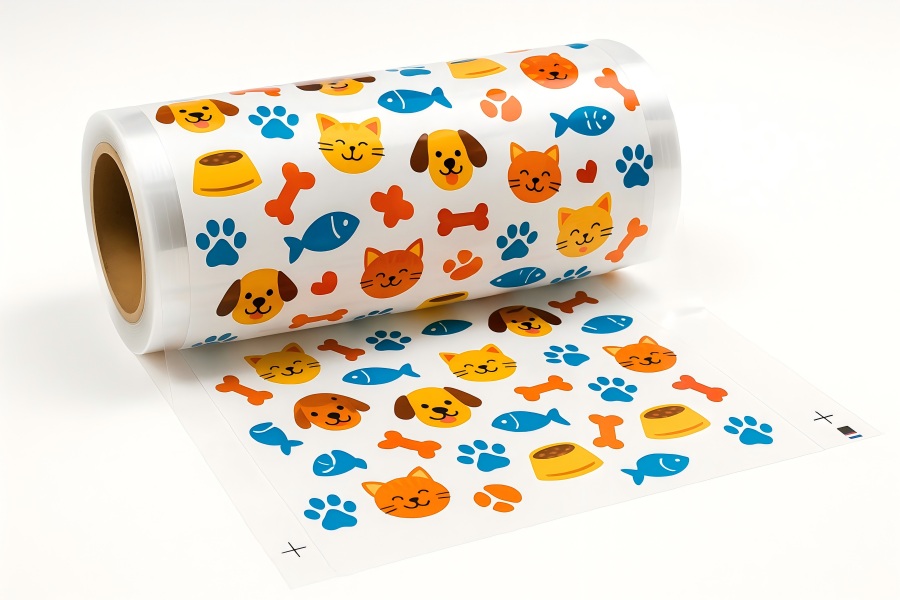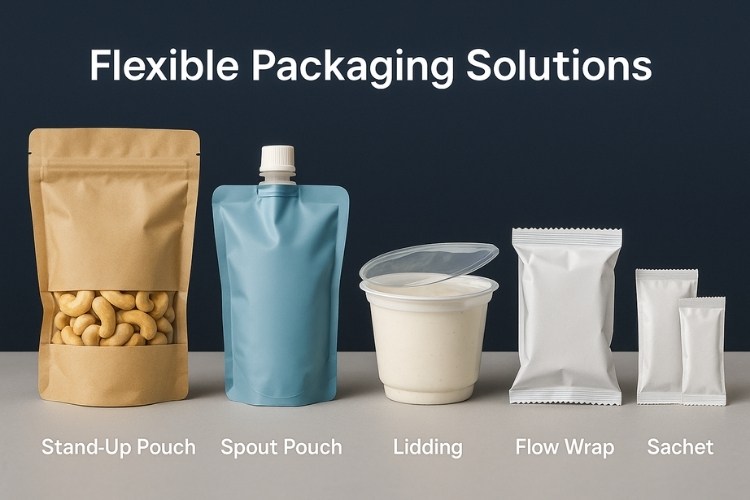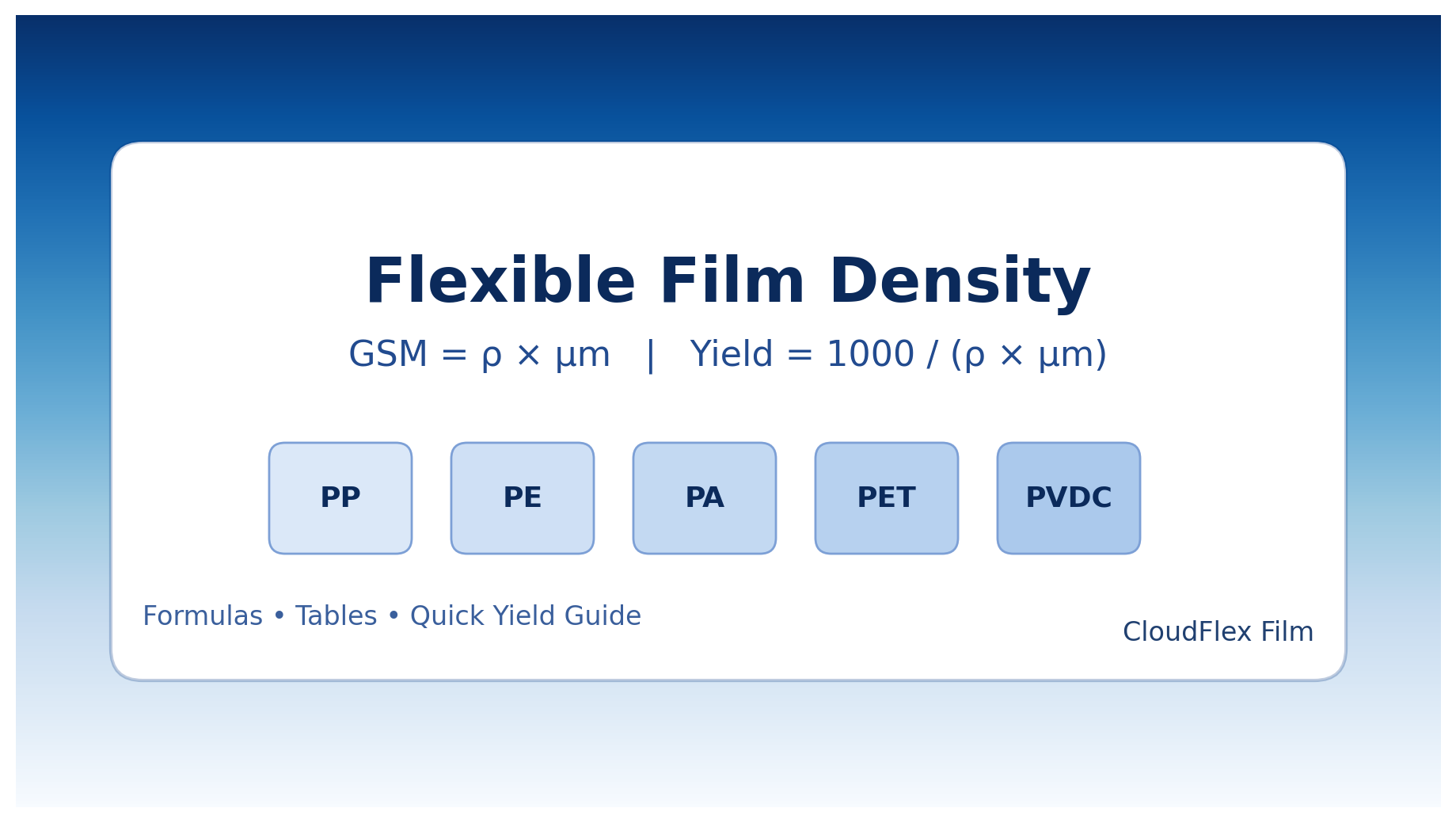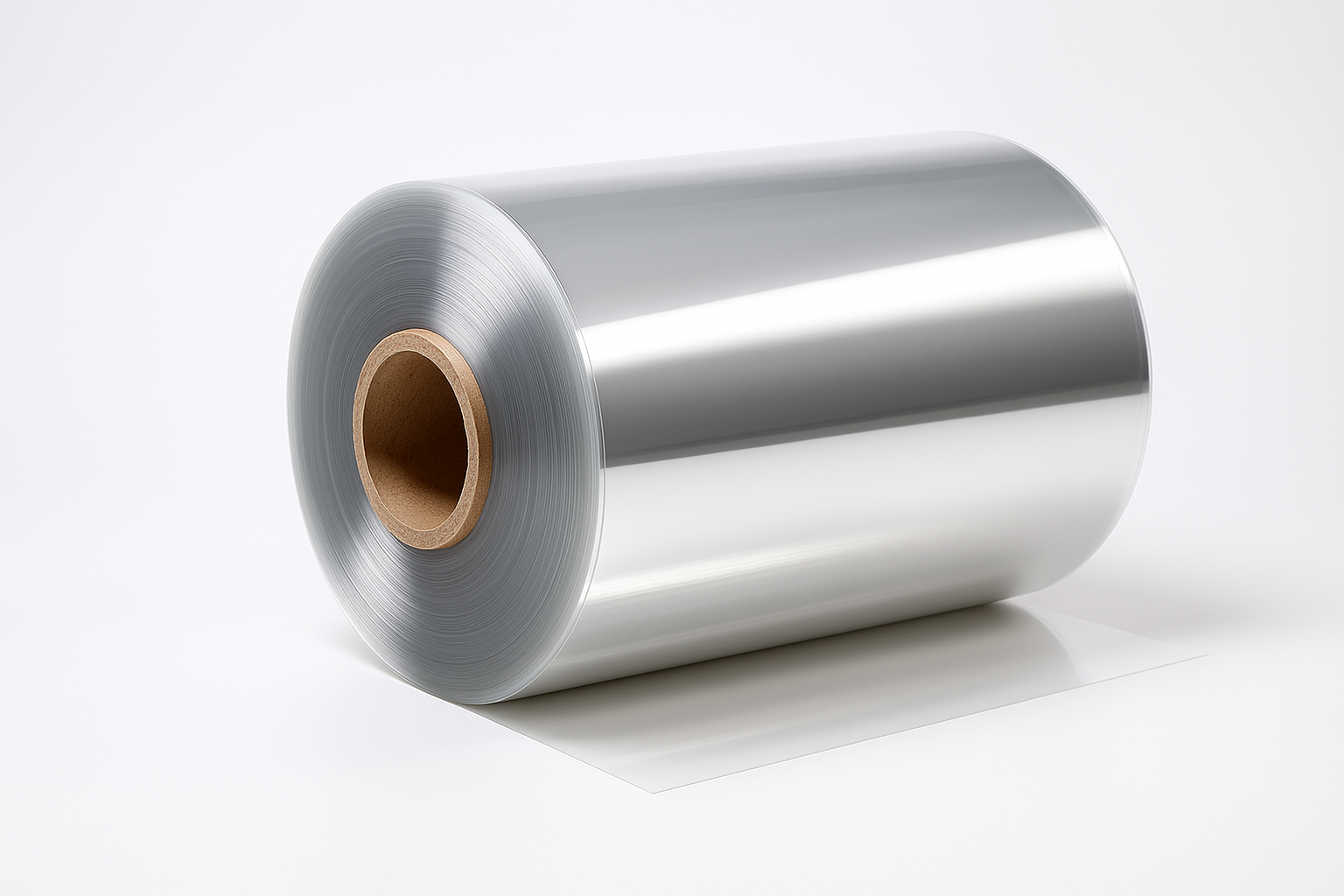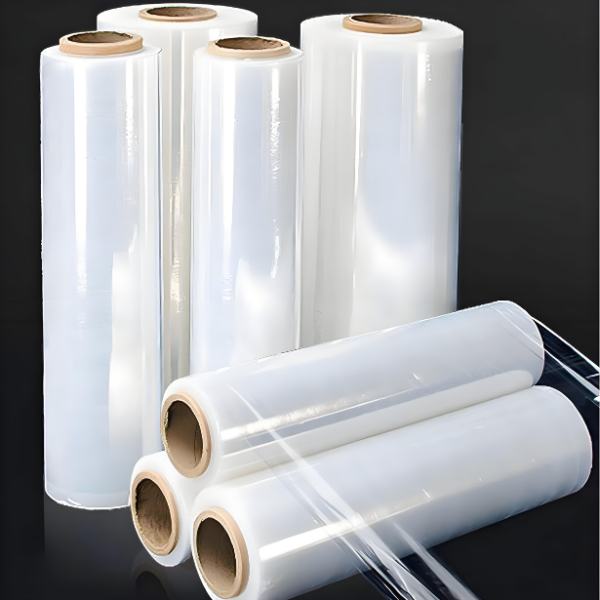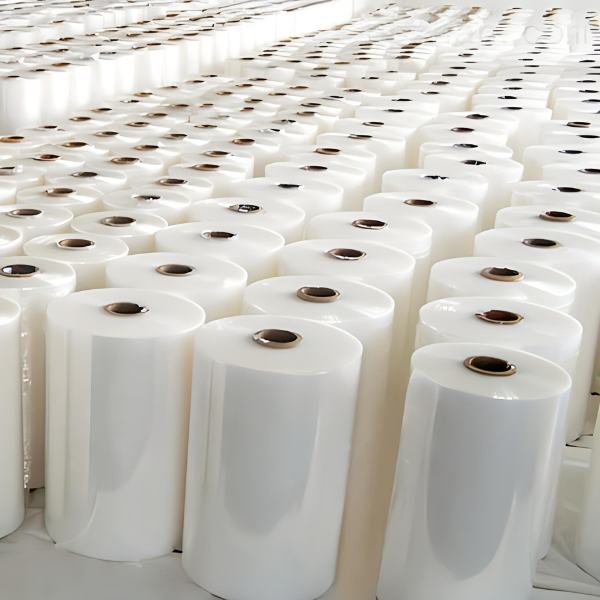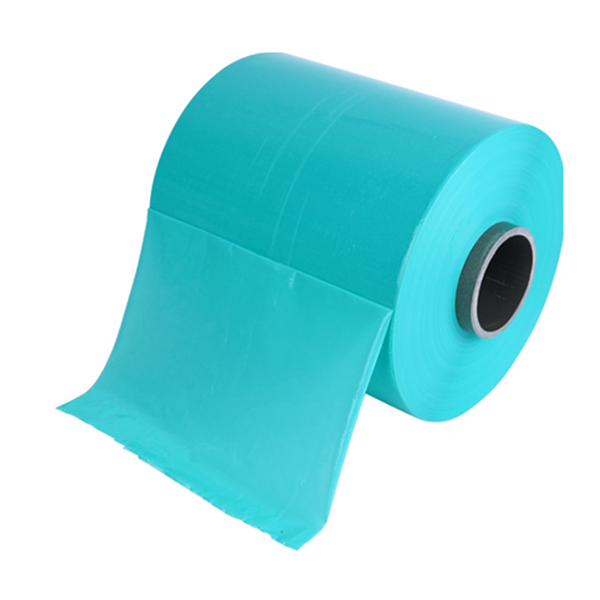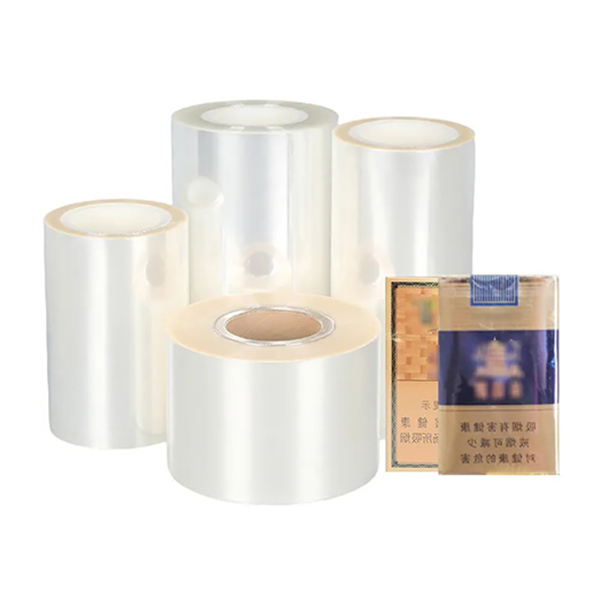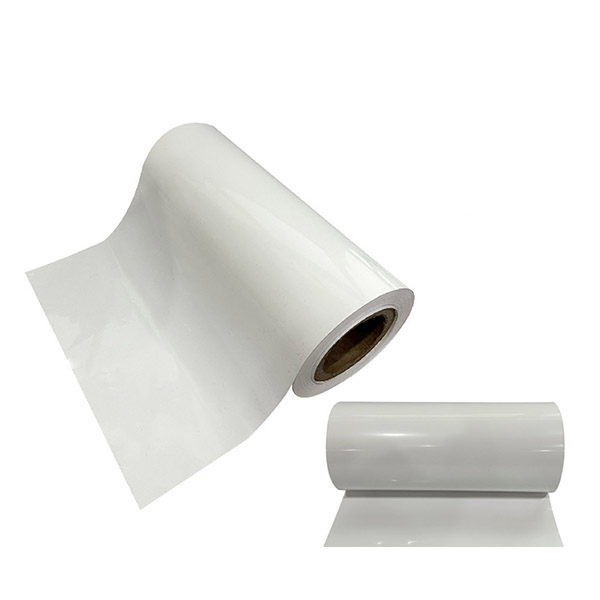Introduction: Are You Struggling with Damaged Goods?
Have you ever faced these frustrations: your carefully packed goods fall apart during transit, expensive furniture gets scratched, or warehouse products are covered in dust? These issues not only lead to financial loss but also hurt customer satisfaction.
The solution to these problems might be simpler than you think: stretch film. Though it looks unassuming, it’s an essential tool in modern logistics, warehousing, and industrial packaging.
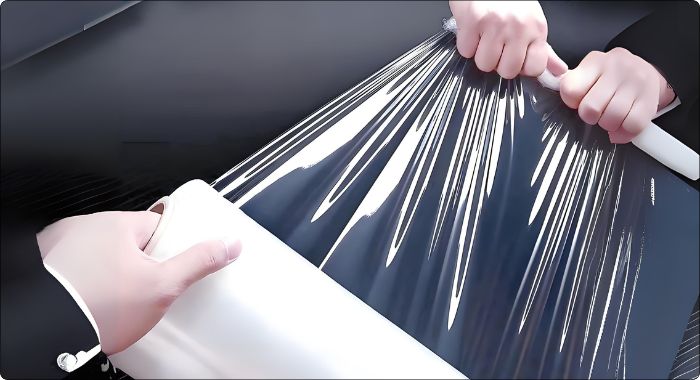
{ CloudFilm’s Stretch Film Offers Excellent Toughness }
In this guide, we’ll dive deep into stretch film uses, exploring its many applications across industries. Whether you’re a business owner, warehouse manager, or someone preparing for a move, you’ll find exactly what you need here.
Core Functions of Stretch Film: Why Is It So Powerful?
Before we explore specific uses, let’s understand why stretch film is so effective:
- Wrapping & Securing: Thanks to its pre-stretch and self-adhesive properties, it binds loose items into a single, stable unit.
- Protection: Creates a protective layer against dust, moisture, water, and scratches.
- Stabilization: Improves the stability of palletized goods, preventing shifting or collapse during handling.
- Unitization: Combines smaller packages into one large unit, making handling more efficient and saving space.
- Tamper Evidence: Transparent wrapping discourages theft and makes it obvious if a package has been tampered with.
Industry-Specific Applications of Stretch Film
Logistics & Warehousing
- Pallet Wrapping: The most common use. Stretch film secures boxes, bags, and barrels to pallets for safe transport.
- Product Protection: Keeps goods clean and dry during long-term storage.
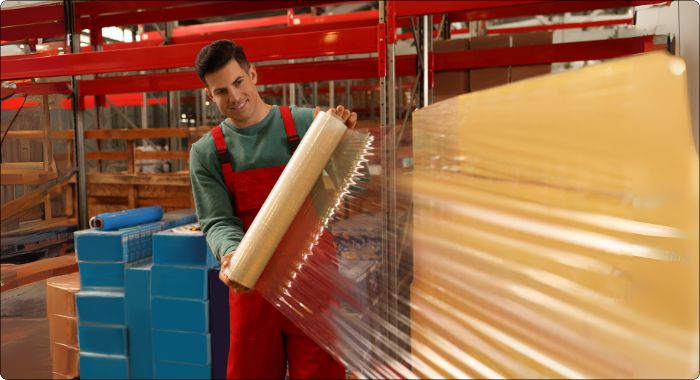
{ Stretch Film Helps Secure Products While In Transit }
Manufacturing
- Work-in-Process Protection: Shields semi-finished goods from contamination or damage on the shop floor.
- Final Product Packaging: Provides a protective outer layer for machinery, appliances, and furniture before shipping.
Agriculture & Food
- Hay & Silage Wrapping: Special colored films create an airtight environment for feed fermentation and preservation.
- Produce Palletizing: Quickly bundles fruits and vegetables into pallets for efficient loading and unloading.
Retail & E-commerce
- Large Item Protection: Safeguards TVs, furniture, and other bulky items during delivery.
- Promotional Bundling: Combines multiple products for special offers.
Moving & Personal Use
- Furniture Protection: Prevents scratches and dirt on sofas, mattresses, and tables.
- Loose Item Consolidation: Keeps drawers and doors shut; bundles small tools and personal items.
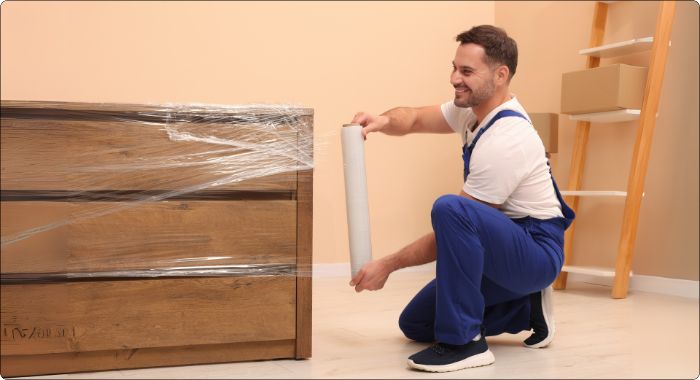
{ Stretch Film Safeguards Furniture When Moving House }
Types of Stretch Film and Their Specific Uses
Hand Stretch Film
Ideal for low-volume or manual operations. Commonly used in small warehouses, retail backrooms, or during personal moves. It’s lightweight, easy to handle, and requires no machinery.
Machine Wrap Stretch Film
Designed for high-volume packaging in large distribution centers and factories. Used with automatic or semi-automatic stretch wrappers, it offers higher efficiency, greater tension control, and significant cost savings over time.
Pre-stretched Film
Already stretched during production, it requires less effort during application, offering superior clarity and strength.
Colored/Black Stretch Film
Used for inventory segregation, security, or light-sensitive products. Black film is popular for high-value goods to conceal contents.
Anti-static/VCI Stretch Film
Specially formulated to protect electronics from static discharge or metal parts from rust during storage and transit.
How to Choose the Right Stretch Film
Follow these steps to make the best choice:
- Define Your Application: Will you use it manually or with a machine? What are you wrapping?
- Consider Load Characteristics: Weight, shape, and sharp edges? Need moisture or static protection?
- Assess Volume and Efficiency: How many pallets per day? What’s your labor cost?
- Select the Right Specs: Thickness, width, and length all affect performance and cost.
Best Practices for Using Stretch Film
Hand Stretch Film Tips
- Start wrapping from the base of the pallet.
- Maintain consistent tension.
- Overlap each layer by about 50%.
Machine Wrap Stretch Film Tips
- Set the correct pre-stretch percentage.
- Adjust tension based on load stability.
- Perform regular equipment maintenance.
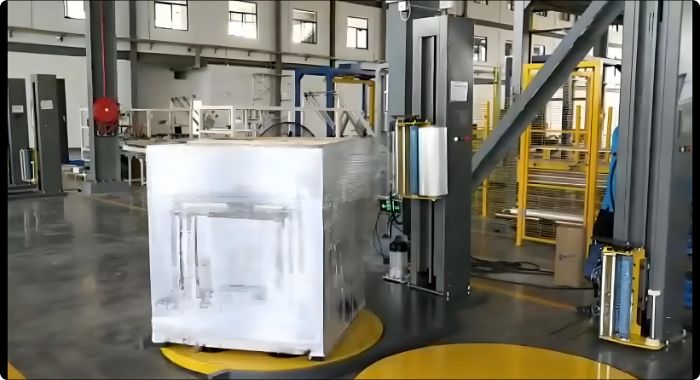
{ Machine Wrap Stretch Film }
Common Mistakes to Avoid
- Overstretching can lead to film breakage or product distortion.
- Insufficient tension causes poor load stability.
- Forgetting to secure the film to the pallet base.
Conclusion: Protect Your Goods, Optimize Your Operations
In summary, stretch film is a versatile, cost-effective packaging solution. From stabilizing pallets to protecting furniture, its uses are nearly endless. Choosing and using the right stretch film not only safeguards your products but also boosts efficiency and reduces costs.
